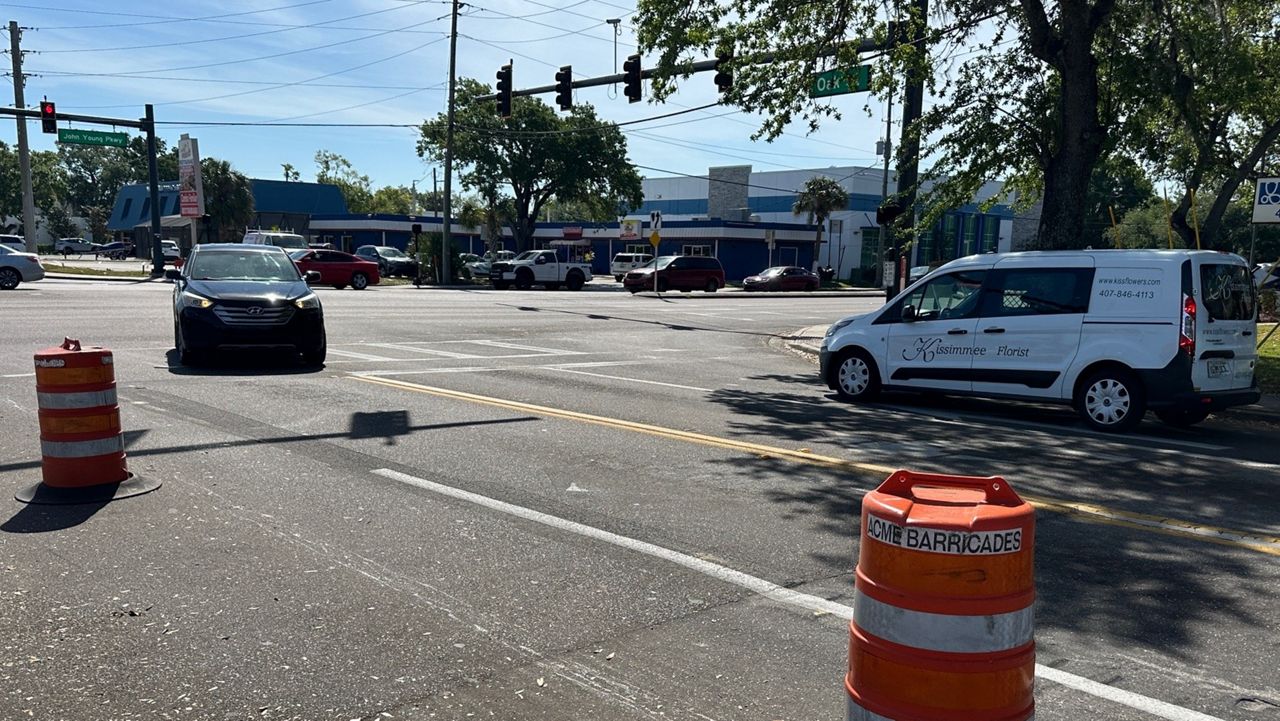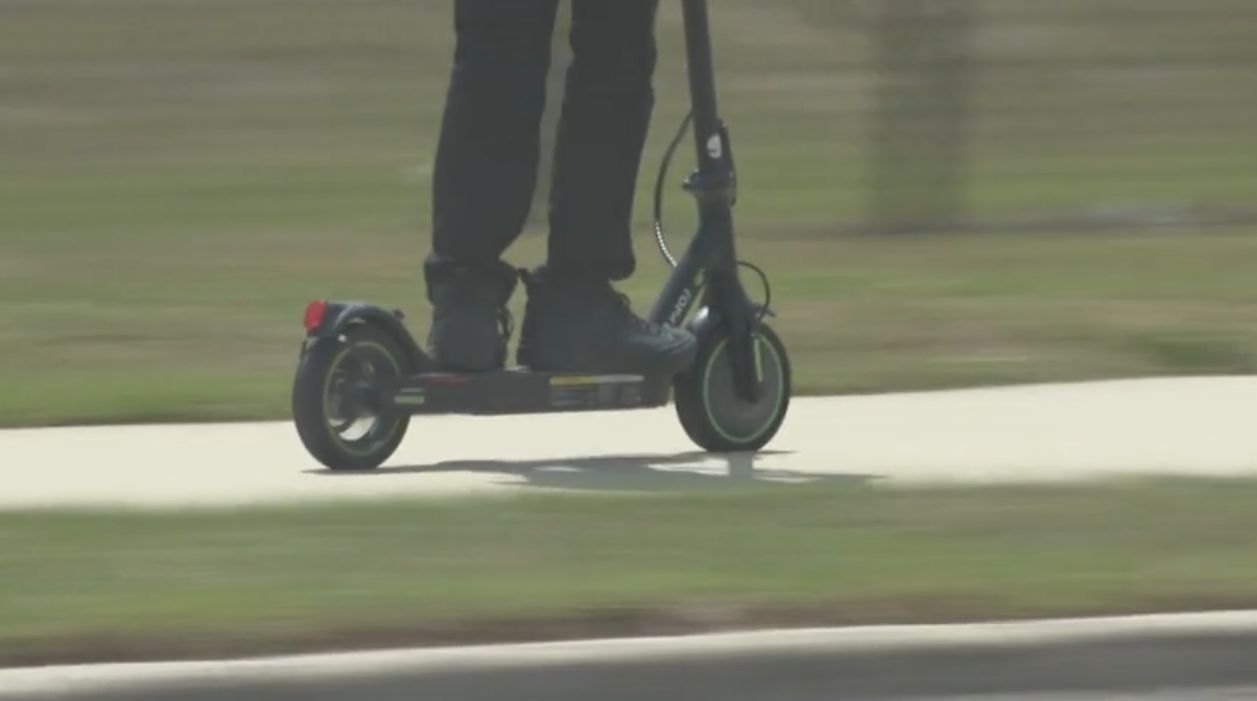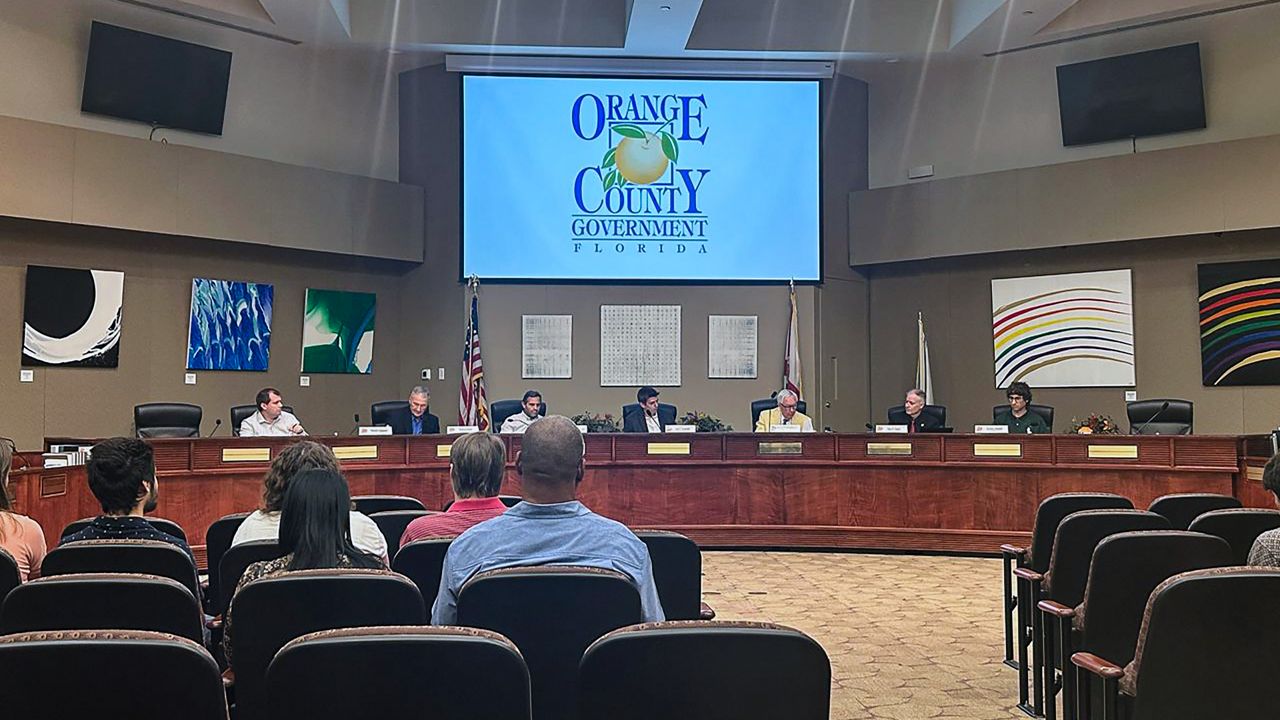ORLANDO, Fla. — This month marks two years since the opening of I-4 Express, and according to the Florida Department of Transportation, the addition of toll lanes has helped reduce crashes and congestion in the free, general use lanes.
FDOT built two toll lanes in each direction down the middle of I-4 between Longwood and the Universal Orlando area.
Since then, FDOT data show that 30 million trips have been reported on I-4 Express, and the toll lanes have also helped reduce the number of issues in the lanes where drivers don’t have to pay.
“Traffic seems to be going a lot smoother,” said Jake Foutz, who uses the express lanes often to get from his home in downtown Orlando to his fitness center in Altamonte Springs.
FDOT found vehicle crashes in the past two years have dropped 48% compared to the year before the COVID-19 pandemic began (February 2019-February 2020). Lane-blocking incidents have declined 63%, according to FDOT data.
Crashes on I-4:
- February 2019 to February 2020: 1,695
- February 2022 to February 2023: 794
- February 2023 to February 2024: 985
Lane-blocking incidents on I-4:
- February 2019 to February 2020: 5,550
- February 2022 to February 2023: 2,320
- February 2023 to February 2024: 1,744
“Lower congestion since the introduction of I-4 Express means that vehicles have more space to operate more safely, and quicker clearance times reduce the risk of secondary crashes,” FDOT District 5 public information director Cindi Lane said.
In the free, general-use lanes, FDOT reported that the average driver saves five minutes westbound and four minutes eastbound per trip. That adds up to three hours a month for a regular commuter, Lane said.
“I love it," Foutz said. "It really cuts down on my travel times.”
Travel speeds have increased 6 mph on average, an indication congestion in the I-4 Ultimate corridor is improving, FDOT reported.
Average travel speed in I-4 general-use lanes through Central Florida:
- 2019: 52.14 mph
- 2020: 54.34 mph
- 2021: 54.59 mph
- 2022: 57.66 mph
- 2023: 58.65 mph
The popularity of the express lanes has increased as well. FDOT found 56,000 drivers chose I-4 Express each day in December 2023 and January 2024. That’s up from 47,000 drivers in December 2022 and 52,000 drivers in January 2023.
“The most heavily traveled segments are typically near Rio Grande Avenue eastbound, and near Lee Road westbound during peak hours of 6 to 9 a.m. and 3 to 7 p.m. weekdays,” Lane said.
FDOT officials say the express lanes have been so successful that they're planning to add more to I-4, extending them from where they end near Universal Orlando down toward Disney World, then through Osceola County, and eventually to US-27 in Polk County.
“We all like to go down to Disney and the attractions,” Foutz said. “It will be a nice, quick ride.”
Right now, to travel on I-4 Express costs a flat rate of 50 cents per toll segment.
Driving the length of I-4 East costs drivers $3.50 — westbound is $3.
Last year, FDOT warned dynamic toll pricing would change that. Busier times of the day would cost more, but so far, the department hasn’t implemented that change.
Dynamic toll pricing could be introduced in the future as the popularity of I-4 Express continues to grow, Lane said.









